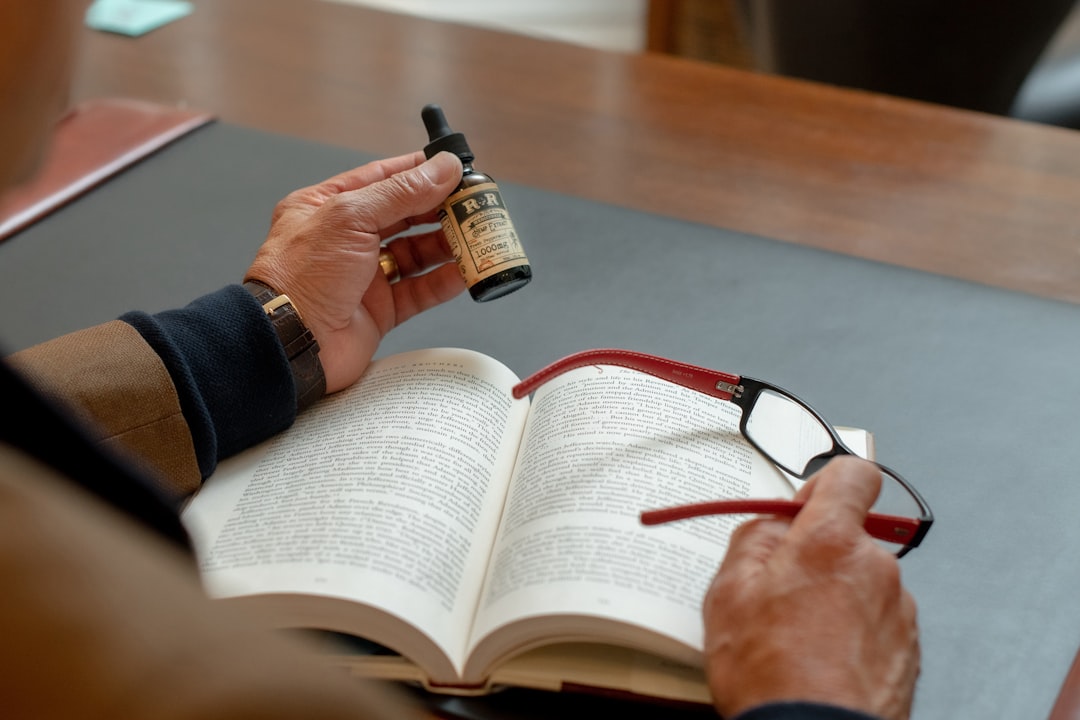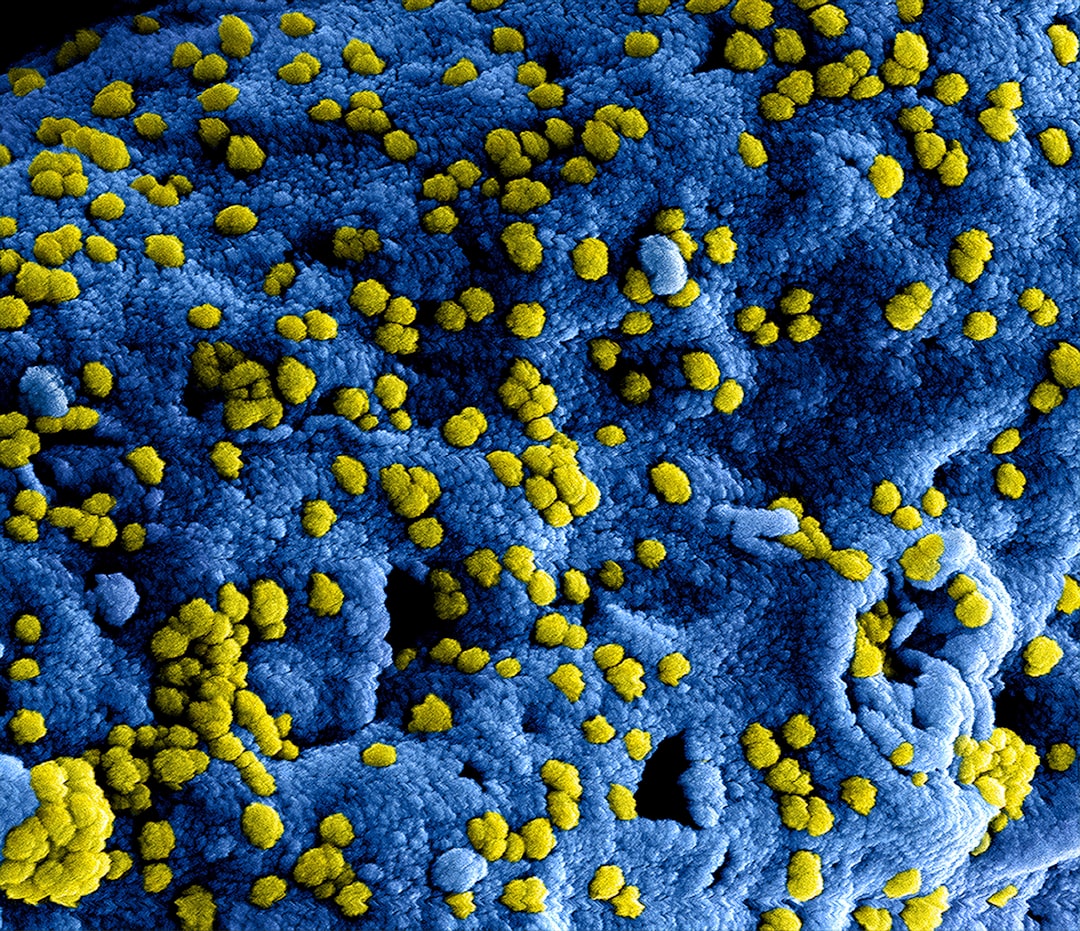What is it about?
As part of vertebrates' innate immune response to various viral pathogens, interferons play a central role. There has been renewed interest in novel IFN classes with antiviral properties, particularly against highly pathogenic zoonotic animal viruses. A new group of antiviral type I interferons, IFNdelta, has been reported from dromedary camels. Seven functional IFN delta genes (CdIFN-δ1 to δ7) and one pseudogene were isolated and cloned. Recombinant camel interferon-1, expressed in prokaryotic system, stimulates IFN-stimulated gene expression and also exerts antiviral effects against camelpox virus. . Pretreatment of camel kidney cells with recombinant camel IFN-1 improved cell survival and reduced the amount of camelpox virus. Novel IFNs from zoonotic spillover risk animals such as camels will be used to improve immunotherapies against viruses and expand the arsenal against emerging zoonotic pathogens.
Featured Image

Photo by Fusion Medical Animation on Unsplash
Why is it important?
Novel IFNs from zoonotic spillover risk animals such as camels will be used to improve immunotherapies against viruses and expand the arsenal against emerging zoonotic pathogens.
Perspectives
Increasing camel husbandry in the Middle East has led to an increase in interactions between camels and humans, resulting in the emergence of potentially zoonotic viruses like MERS-CoV and camelpox. This novel class of interferons has not yet been functionally characterized in mammals apart from pigs, horses, and sheep. Recombinant interferon delta derived from camels will enhance our knowledge of delta IFNs in mammals and help us develop antivirals that can be used to combat emerging zoonotic diseases.
Avinash Premraj
Camel Biotechology Center, Presidential Camels & Camel Racing Affairs Center
Read the Original
This page is a summary of: Novel type-I interferons from the dromedary camel: Molecular identification, prokaryotic expression and functional characterization of camelid interferon-delta, Molecular Immunology, January 2023, Elsevier,
DOI: 10.1016/j.molimm.2022.12.003.
You can read the full text:
Resources
Beta interferons from the extant camelids: Unique among eutherian mammals
Dromedary camels are the only known animal source of MERS-CoV zoonotic infections, but little is known about the molecular antiviral response in this species. IFN-β and other type-I interferons provide the first line of defense against invading pathogens in the host immune response. We identified the IFNB gene of the dromedary camel and all extant members of the family Camelidae. Camelid IFN-β is unique with an even number of cysteines in the mature protein compared to other eutherian mammals with an odd number of cysteines. The viral mimetic poly(I:C) strongly induced IFN-β expression in camel kidney cells. Induction of IFN-β expression upon infection with camelpox virus was late and subdued when compared to poly(I:C) treatment. Prokaryotically expressed recombinant dromedary IFN-β induced expression of IFN-responsive genes in camel kidney cells. Further, recombinant IFN-β conferred antiviral resistance to camel kidney cells against the cytopathic effects of the camelpox virus, an endemic zoonotic pathogen. IFN-β from this unique group of mammals will offer insights into antiviral immune mechanisms and aid in the development of specific antivirals against pathogens that have the potential to be the next zoonotic pandemic.
Camelid type I interferons: Identification and functional characterization of interferon alpha from the dromedary camel
nvestigations into the molecular immune response of dromedary camel, a key livestock species of the arid, have been limited due to the lack of species-specific reagents. Here we describe for the first time, the identification and characterization of type I IFNs of dromedary camel, which are the most important cytokines in the innate host immune response against viruses. We cloned camel IFN-α coding sequences and identified a total of eleven subtypes. The canonical IFN-α subtype designated as IFN-α1 contained a 555-bp Open Reading Frame encoding a protein of 184 amino acids. Recombinant IFN-α1 protein was produced in E. coli and purified from inclusion bodies. Recombinant camel IFN-α1 induced the mRNA expression of interferon-stimulated genes (ISGs) in camel kidney cells. The purified protein also showed potent in-vitro antiviral activity against Camelpox Virus in kidney cells. The identified camel IFN-α protein and the subtypes will facilitate a better understanding of the host immune response to viral infections in camel and the development of potential antiviral biologicals for zoonotic diseases for which camel act as a reservoir.
Contributors
The following have contributed to this page










